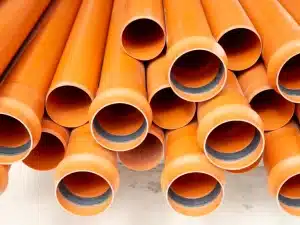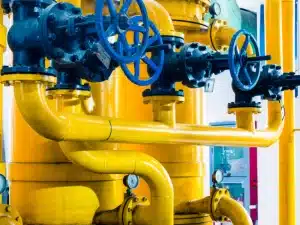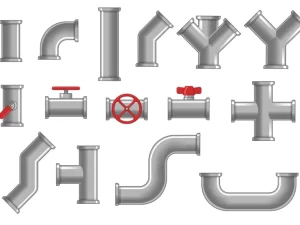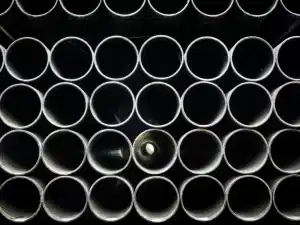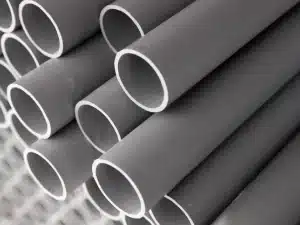Difference between seamless and welded pipe
Pipes are crucial in oil and gas, construction, and manufacturing. Choosing the right type of pipe is important; the key is between seamless and welded pipes. Each type has unique features, advantages, and applications. Seamless pipe vs welded pipe is a common debate, as both have specific strengths. Seamless pipes are strong and reliable, while welded pipes offer cost-effective solutions. Understanding these differences helps businesses select the best option for their needs. This guide covers key aspects of seamless and welded pipes to help you make an informed choice for your project.
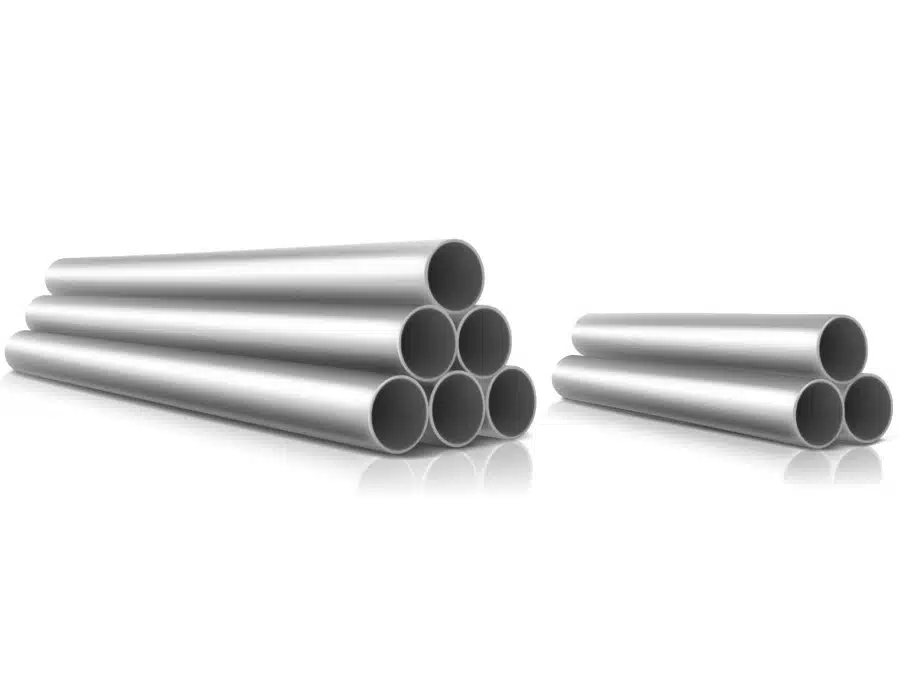
What Is a Seamless Pipe?
A seamless pipe is manufactured without any welded joints. It is made by extruding a solid cylindrical billet, creating a continuous structure with no weak points. This makes seamless pipes strong, durable, and reliable for various applications. Seamless pipes are known for their uniform strength, high resistance to pressure, and ability to handle extreme temperatures. They have a smooth internal surface, reducing friction and making them ideal for transporting fluids and gases efficiently. The manufacturing process involves hot rolling, extrusion, or rotary piercing. The billet is heated and drilled to form a hollow tube, then stretched and moulded into the desired size and shape. Since no seams exist, these pipes have higher reliability and fewer failure risks.Common Applications
- Oil and gas pipelines
- Pressure vessels
- Automotive and aerospace industries
- High-temperature and high-pressure applications
What Is a Welded Pipe?
A welded pipe is made by rolling a steel plate or coil into a cylindrical shape and welding the edges together. The welding process creates a visible seam, but modern techniques ensure strength and durability. Welded pipes are widely used because they are cost-effective and available in different sizes and thicknesses. They provide a reliable option for many industrial applications where extreme pressure and seamless construction are unnecessary. These pipes are manufactured using different welding methods. Electric Resistance Welding (ERW) uses high-frequency electric currents to join edges, making it suitable for small to medium-sized pipes. Longitudinal Submerged Arc Welding (LSAW) is used for large-diameter pipes, while Spiral Submerged Arc Welding (SSAW) creates spiral-welded pipes used in applications like water transmission.Common Applications
- Structural applications in construction
- Water transportation and plumbing
- HVAC and fire protection systems
- Industrial piping systems
Key Differences at a Glance
Understanding the seamless pipe vs welded pipe comparison involves looking at several critical factors:Manufacturing Process
- Seamless pipes are made from a single piece of metal without joints, ensuring consistent strength and structure throughout the pipe.
- Welded pipes are fabricated by rolling metal sheets or coils into a cylinder and welding the edges together, creating a seam.
Strength and Pressure Capacity
- Seamless pipes have higher resistance to pressure and mechanical stress because they do not have welded joints that can weaken under extreme conditions.
- Welded pipes may have slightly lower strength in high-pressure applications due to a welded seam, which can be a weak point if not properly manufactured.
Surface Finish and Aesthetics
- Seamless pipes have a naturally smooth surface inside and outside, reducing the chances of corrosion, debris buildup, or flow resistance in fluid transport.
- Welded pipes may have minor surface imperfections and visible weld seams, which could require additional treatments or coatings for better durability.
Cost Implications
- Seamless pipes usually cost more because their production process is more complicated and needs special equipment and high accuracy.
- Welded pipes are more cost-effective and widely available, making them a preferred choice for industries that need large quantities at a lower price.
Size and Thickness Options
- Seamless pipes are often limited in terms of maximum diameter and thickness, as manufacturing larger seamless pipes is challenging and expensive.
- Welded pipes can be produced in various sizes and thicknesses, allowing for more flexibility in meeting different project requirements.
Pros and Cons of Seamless Pipes
Pros:- Seamless pipes are stronger and more durable, lasting longer in tough conditions.
- They can handle high pressure and extreme temperatures better than welded pipes.
- Since there are no seams, there’s no chance of the pipe failing at a welded joint.
- Seamless pipes have a uniform structure, which improves their reliability and reduces the risk of weak points.
- Seamless pipes usually cost more than welded pipes, which can increase project expenses.
- They come in a smaller range of sizes, so options may be limited for specific needs.
- Manufacturing seamless pipes takes more time, which can delay projects if large quantities are needed.
Pros and Cons of Welded Pipes
Pros:- Welded pipes are more affordable, making them cost-effective for many projects.
- They are great for large-diameter applications where seamless pipes may not be available.
- The production process is faster, making welded pipes easier to find and use quickly.
- Welded pipes are highly customizable, allowing for tailored lengths and shapes to fit specific project needs.
- The seam in welded pipes can be weaker, which may reduce overall strength.
- Welded areas are slightly more likely to corrode compared to seamless pipes.
- Additional testing may be needed to ensure the quality and durability of the welds.

